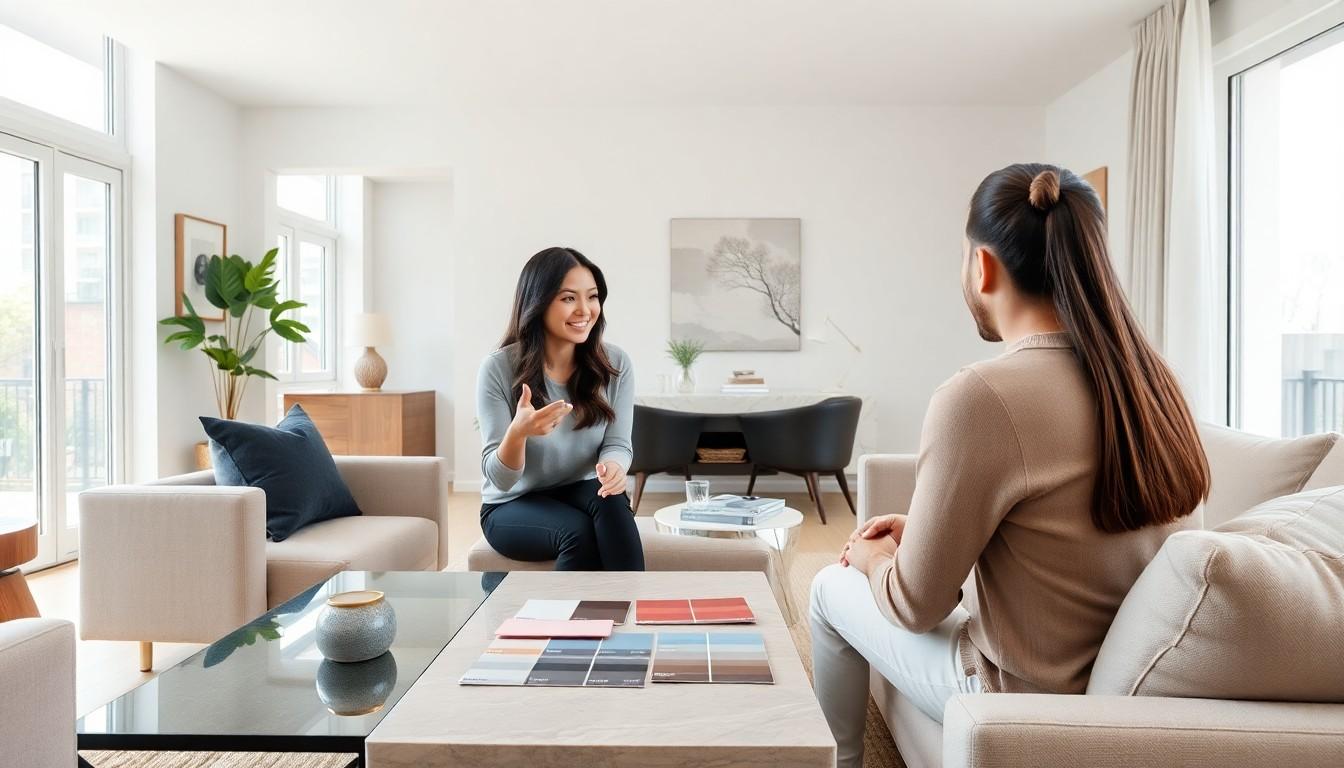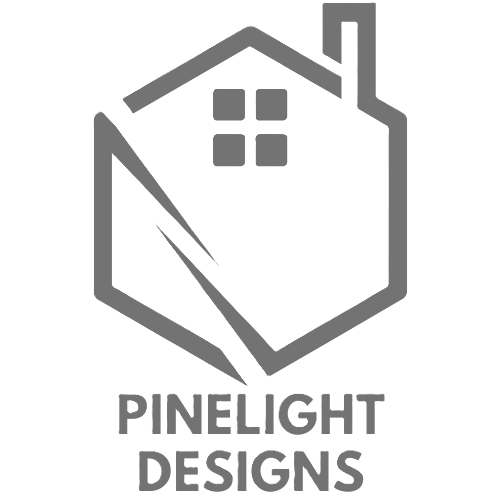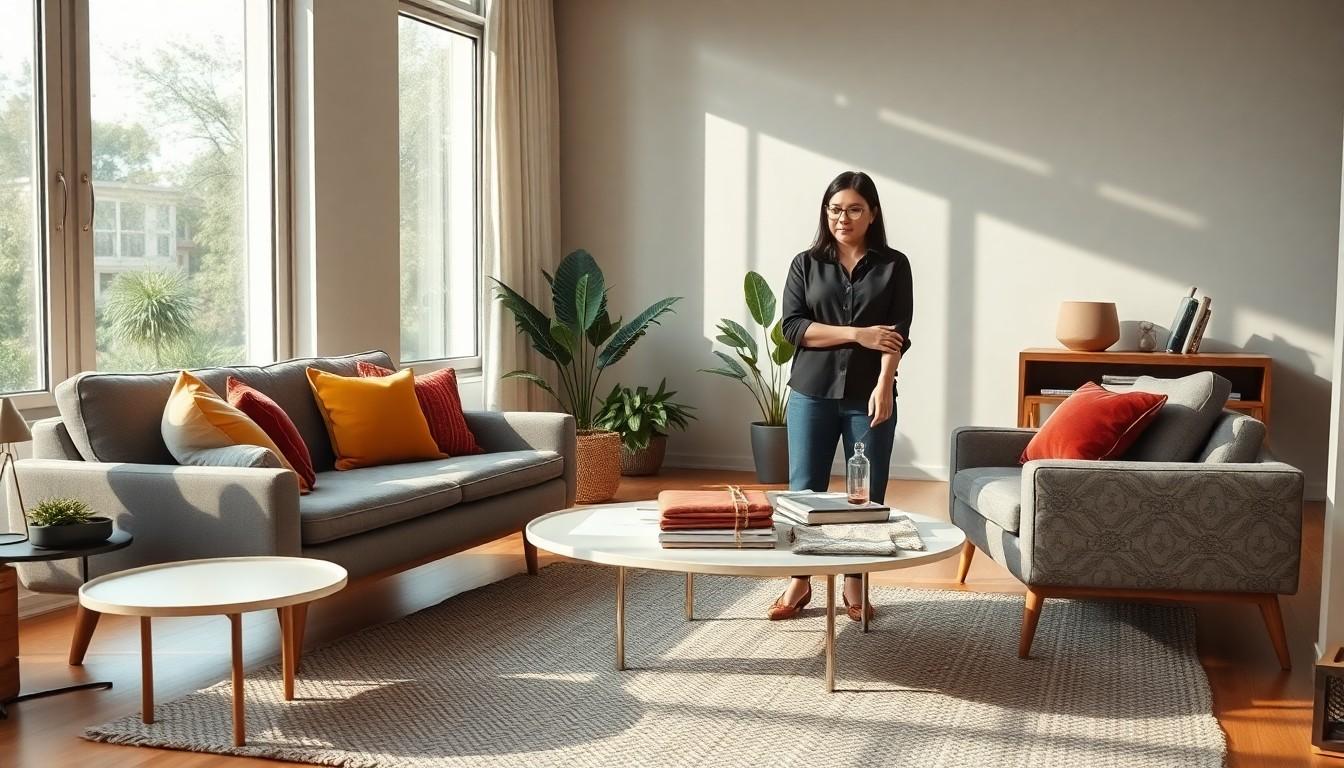When it comes to transforming a space, interior design costs can feel like a wild rollercoaster ride—thrilling yet terrifying. Whether you’re dreaming of a chic urban loft or a cozy cottage, the price tag can vary more than a cat’s mood. Understanding these costs is crucial for anyone looking to revamp their home without breaking the bank or their spirit.
From choosing the right materials to hiring the perfect designer, every decision impacts the budget. But fear not! With a little savvy planning and insight into the world of interior design, anyone can navigate this financial maze. So buckle up and get ready to explore the ins and outs of interior design costs—because a beautiful space shouldn’t come with a side of heartburn.
Understanding Interior Design Costs
Understanding the costs associated with interior design is essential for effective budgeting. Several factors contribute to the overall expense of a project.
Factors Influencing Costs
Materials play a crucial role, as high-quality options typically incur higher prices. Labor fees also vary; experienced designers and contractors charge more for their expertise. Project size matters significantly; larger spaces necessitate more resources. Geographic location affects cost, with urban areas generally presenting higher rates than rural ones. Design complexity contributes; intricate designs demand skilled labor and specialized materials.
Types of Interior Design Services
Interior design services range widely to accommodate different needs. Full-service design involves comprehensive management, from concept to execution. Consultation services offer professional advice without ongoing management, ideal for DIY enthusiasts. E-design provides an affordable virtual option, allowing clients to receive design plans online. A la carte services allow clients to pick and choose specific tasks. Specialty design addresses unique needs, such as eco-friendly or commercial spaces.
Typical Interior Design Costs Breakdown

Understanding the cost components of interior design is crucial for effective budgeting. Various factors contribute to the overall expenses, with key considerations being hourly rates, flat fees, and material selections.
Hourly Rates vs. Flat Fees
Hourly rates for interior designers typically range from $50 to $500, depending on experience and location. Some designers offer flat fees for specific projects, which can vary significantly. For instance, a flat fee might start at $1,500 for a single room and increase based on project complexity. Choosing between hourly rates and flat fees hinges on project scope, timeline, and budget preferences. Evaluating both options helps clients determine which method aligns best with their financial goals.
Material and Furniture Expenses
Material and furniture costs significantly affect the overall budget. On average, homeowners spend about 30% of their total design budget on furnishings and materials. High-quality materials come with higher price tags, while generic options may save money upfront. For example, custom furniture can range from $2,000 to $10,000, depending on style and craftsmanship. Additionally, lighting fixtures, fabrics, and flooring selections also play vital roles in expenditures. Careful planning and selection of materials can help maintain aesthetic appeal while keeping expenses manageable.
Budgeting for Interior Design Projects
Managing expenses for interior design projects requires thoughtful planning and an understanding of various cost factors. Homeowners can achieve their desired look while staying within budget by making informed decisions.
Setting Realistic Budgets
Establishing a realistic budget helps avoid overspending on design projects. Homeowners should first evaluate their finances and determine a specific spending limit. Consider all design aspects, including renovation costs, furnishings, and accessories. Recognizing that high-quality materials and experienced designers impact total costs enables better prioritization. Many people find that allocating approximately 30% of their budget to materials and furniture leads to satisfactory outcomes. Comparing different designers and their pricing structures also aids in creating an achievable budget.
Tips for Cost-Saving
Implementing effective cost-saving strategies can significantly lower interior design expenses. Opting for e-design services often reduces fees while still providing professional guidance. Choosing local vendors for furniture and materials cuts down on shipping costs. Using versatile furniture pieces also maximizes the design budget by eliminating the need for multiple items. Thrifting or sourcing second-hand furniture can yield unique finds at lower prices. Prioritizing essential updates while deferring non-urgent changes helps ensure funds are allocated wisely.
Conclusion
Understanding interior design costs is crucial for anyone embarking on a renovation journey. By recognizing the various factors that impact expenses and planning accordingly, homeowners can make informed decisions that align with their financial goals. Prioritizing essential updates and exploring cost-effective options can lead to a stunning space without breaking the bank. With the right approach and knowledge, navigating the complexities of interior design becomes a manageable and rewarding experience. It’s all about creating a beautiful home while keeping finances in check.





